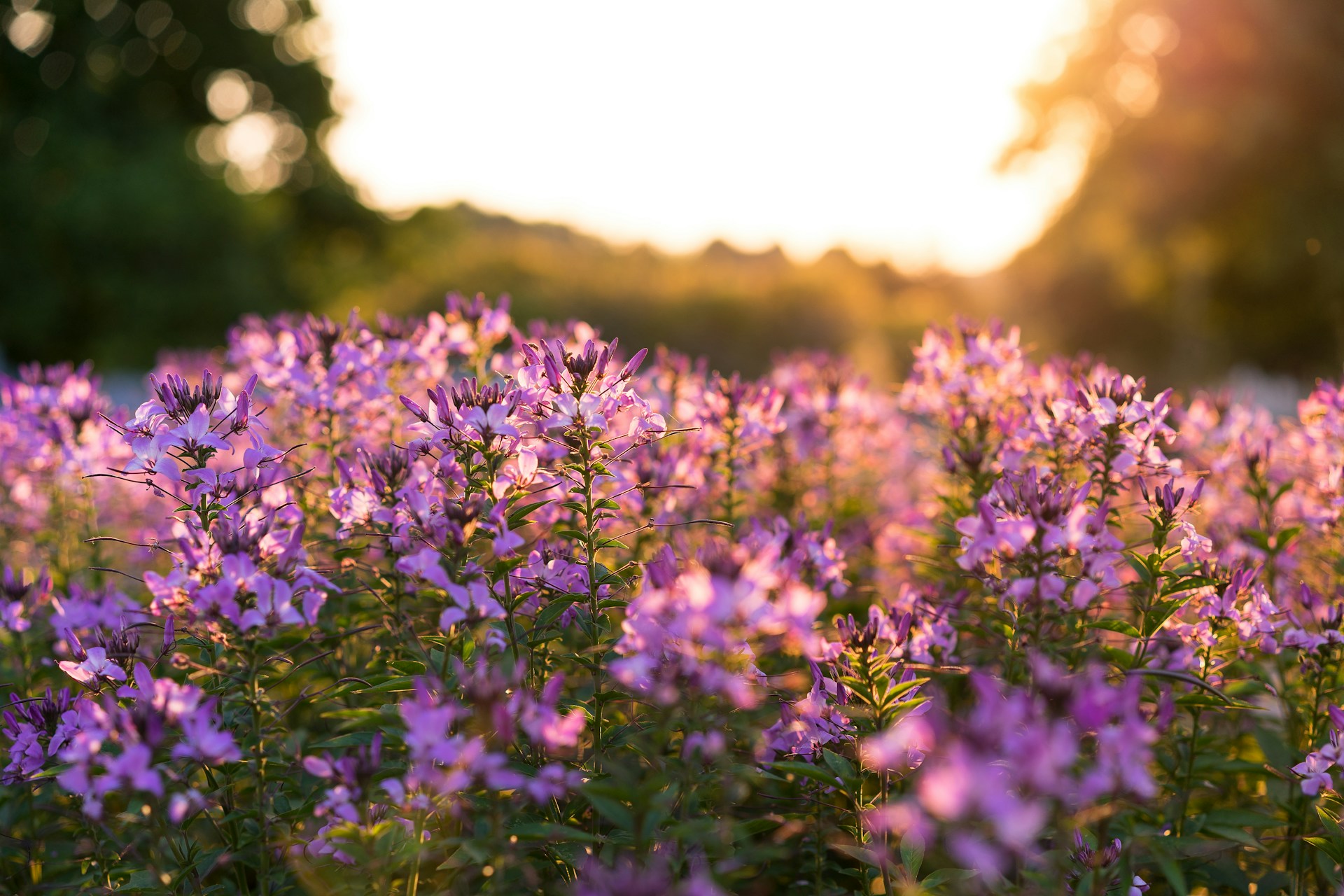1. Introduction
Designing your garden to appeal to hummingbirds not only adds vitality and color, but also supports these essential creatures’ role in pollination. The focus of this research paper is to provide an overview of fast-growing flowers native to Kentucky that attract hummingbirds. Given that the optimal time to see hummingbirds in Kentucky aligns with the planting period, now is the perfect opportunity to explore ways to support their presence in your garden. This information is intended for outdoor and nature enthusiasts, specifically those based in the United States with a fascination for bird-watching and sustainable gardening.
2. Understanding Hummingbird Pollination
Hummingbirds are fascinating to observe, and they play a pivotal role in our ecosystem. Equipped with long bills and tubular tongues, they efficiently extract nectar while inadvertently carrying pollen between flowers, making them valuable pollinators. In Kentucky, the most commonly seen hummingbird is the Ruby-throated Hummingbird, prevalent in the state from March through May. As nature enthusiasts, understanding the hummingbird role in pollination and the flowers they are drawn to is key in supporting their populations.
3. Fast-Growing Flowers for Kentucky Gardens
Selecting flowers to attract hummingbirds involves choosing brightly colored flowers high in nectar content and have tubular shapes, as these are the characteristics that appeal the most to these creatures. Native fast-growing flowers prove to be the most attractive for hummingbirds as they co-evolved in the same environments, forming a mutualistic relationship.
A. Native and Fast-Growing Flowers
- Cardinal Flower (Lobelia cardinalis): Characterized by bright red, tubular flowers, the Cardinal Flower gives your garden a vibrant touch while attracting hummingbirds. They are native to Kentucky, blooming in late summer and excellent for moist soil locations.
- Bee Balm (Monarda didyma): Bee Balm is also native to Kentucky. It blooms relatively quickly with tubular red or pink flowers, providing nectar for hummingbirds. Plant this flower in areas that receive full sun to part shade for optimal growth. One cannot downplay the bee balm hummingbird appeal in this set-up.
- Eastern Red Columbine (Aquilegia canadensis): This early blooming, shade-tolerant flower is native to Kentucky and well-loved by hummingbirds. Plant them in light shade to full sun, and enjoy the vibrancy they bring to your garden.
B. Long-Term Flower Options
- Trumpet Vine (Campsis radicans): While it may take some time to establish, the Trumpet Vine is a showstopper in the garden upon maturity. Endowed with large tubular flowers, this plant will attract hummingbirds once it has taken root.
- Coral Honeysuckle (Lonicera sempervirens): Although it grows slower than many other vines, the Coral Honeysuckle’s nectar-rich, tubular flowers are worth the wait for hummingbird attraction.
4. Climate and Regional Recommendations
Kentucky’s climate supports a wide array of hummingbird-friendly plants. Northern and higher altitude areas in the state may have a shorter growing season; however, perennials can still thrive. Warmer southern regions take advantage of the longer growing seasons, supporting the growth of both rapid-growing annuals and perennials. Regardless of your specific location in Kentucky, there are climate-appropriate flowers that can attract hummingbirds to your garden. Additionally, local garden centers and county extension services can give region-specific advice and support in choosing the most suitable hummingbird-attracting flowers for your garden.
5. Challenges and Considerations
While considering the introduction of fast-growing flowers with high nectar content, some points need consideration to ensure a successful and environmentally beneficial gardening project. Potential drawbacks include the risks related to introducing non-native plants that might become invasive species and the maintenance challenges such as need for frequent watering or soil amendment for certain species. The currently changing climate poses another significant challenge, with impacts on flowering times and hummingbird migration. However, thoughtfully implementing planting practice mitigates some of these effects. Additionally, while size can be a limiting factor for smaller gardens, intricate planning can allow for a variety of plants that will invite these fluttering visitors.
6. Conclusion
Bringing hummingbirds to the Kentucky garden is a rewarding endeavor that not only adds beauty and animation but also promotes ecological balance. By planting fast-growing and native flowers with high nectar content, we support hummingbird populations and play a key part in their survival. It’s also a beautiful way to observe these fascinating creatures right in our backyards. For those seeking further guidance, local botanical gardens, county extension services, and horticultural experts are valuable resources to explore.

